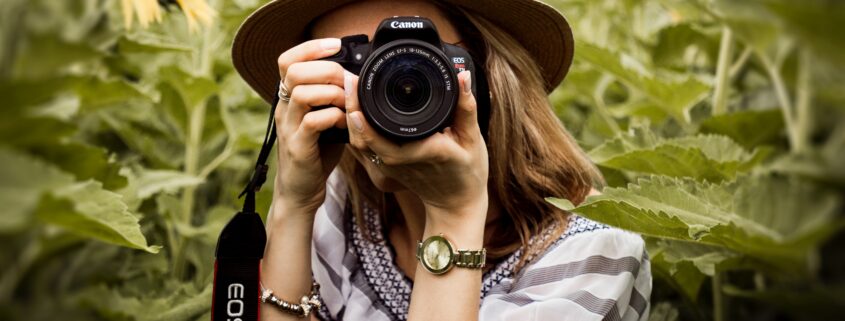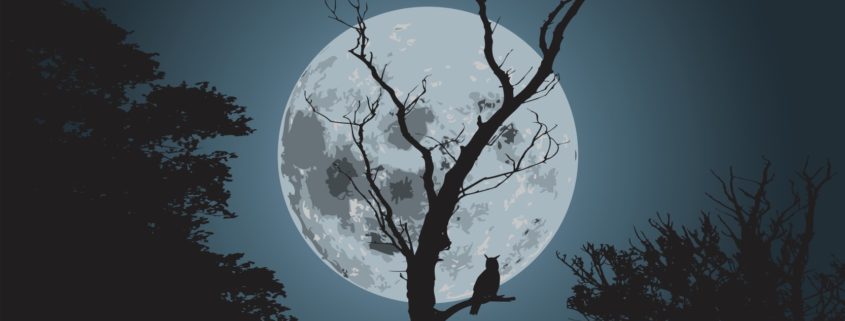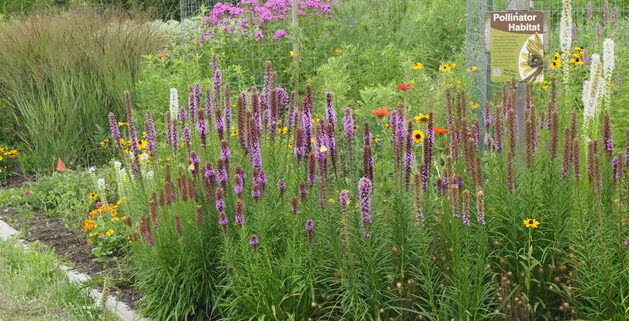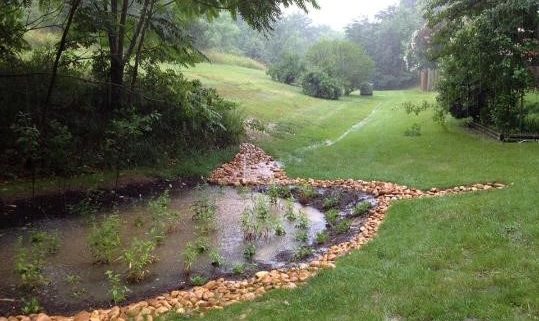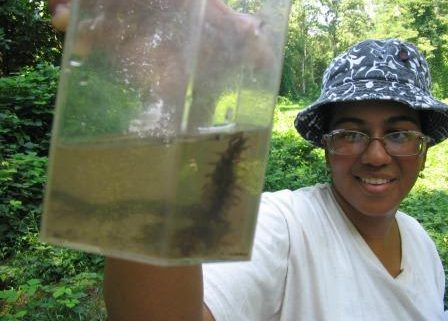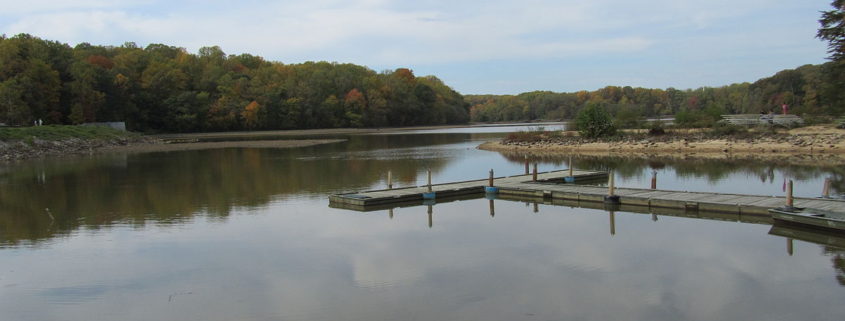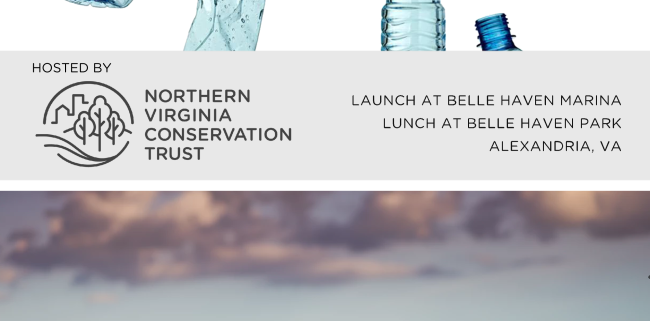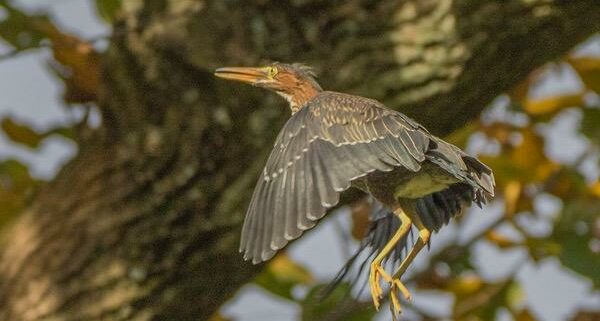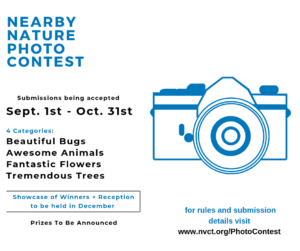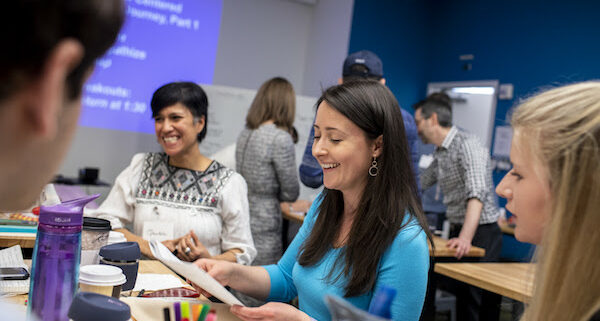Raptor Education and Photo Encounter, Oct. 19th
Mason Neck State Park Picnic Area
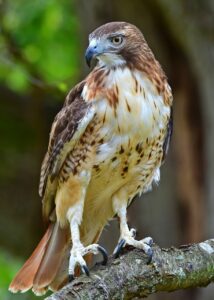
Red-tailed hawk
7301 High Point Rd, Lorton, VA 22079
Saturday, 19 October 2019
Two sessions: 10am or 1pm
$65 for either of the two 90-minute sessions
Would you like the opportunity to photograph magnificent raptors from just 10 feet away? Imagine being close to owls and hawks with your camera in a natural outdoor setting.
The Friends of Mason Neck State Park and Secret Garden Birds and Bees are offering a unique opportunity to get up close to some beautiful birds. Participants will be able to photograph raptors up close. At least four raptors, including a Red-shouldered Hawk, a Red-Tailed Hawk, an Eastern Screech Owl and a Barred Owl, will pose for you on a natural looking perch. You’ll hear from Secret Garden Birds and Bees staff about each one of them, making this a learning experience as well.
This is a fundraising event that will help the Friends continue to present programs and work on projects in support of the Park. $40 of each registration fee is tax deductible to the extent permissible by law.
Space is limited to 20 participants per session, so don’t wait to register! Register at Raptor Photo Session.


